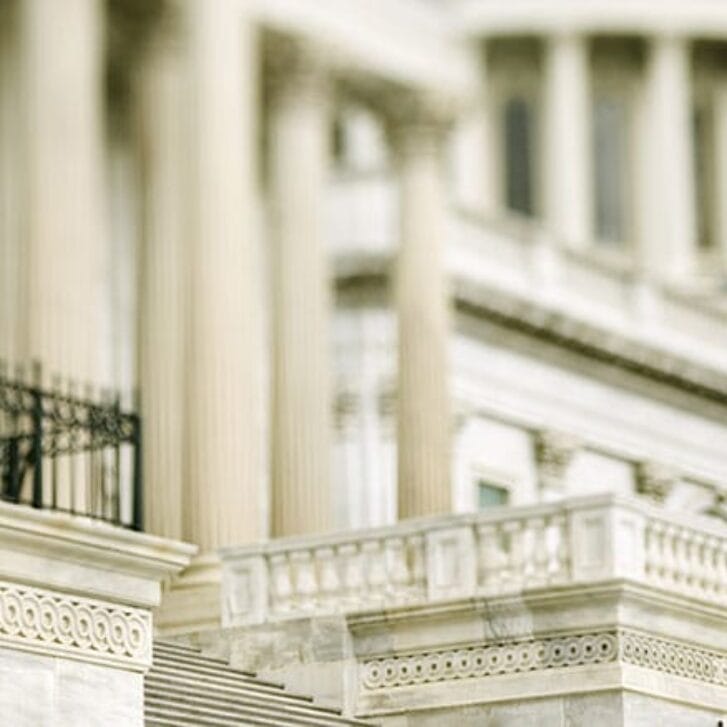Almost a decade after Argentina’s landmark 2005 debt restructuring, the country suffered a major blow in the battle with its “holdout” creditors. The U.S. Supreme Court refused to hear its case. In addition to the short-term market turmoil and economic hardship imposed on Argentina, this ruling could have long-term repercussions; favoring holdouts sets a precedent that could perpetuate economic malaise in heavily indebted countries of limited means and threaten to turn large areas of the developing world into zones of economic wasteland for the foreseeable future.
If the U.S. Supreme Court had decided to hear the case, it would not necessarily be a win for Argentina because the court might as well had come to the same outcome as the New York court’s (in favor of the holdouts); however, Argentina would have had a very good chance to win a judgment that could force holdouts to accept the same payment as other creditors—or perhaps not even be paid at all, since the holdouts (such as NML Capital, and Aurelius Capital Management) rejected both the 2005 and 2010 restructuring offers. A favorable Supreme Court ruling would have helped Argentina and other nations eliminate their crushing debt burden and jump-start their economic growth.
In a Beyond BRICs blog for the Financial Times, José Barrionuevo provided a thorough analysis before the Supreme Court decision. Barrionuevo wrote from an insider’s vantage point; he was an adviser to Argentina for its 2005 restructuring. Barrionuevo contended that a Supreme Court decision adverse to Argentina does not just have the potential to throw overboard its restructuring and that of Greece, it would also do away with the possibility of giving many other poor countries a historic opportunity to deal with daunting debt in a sustainable way and get back on the path to growth.
He debunked the myth of Argentines as irresponsible defaulters who sought to impose an arbitrary unilateral write-off on its creditors. Instead, he wrote, the decision to restructure at a deep haircut was based on a growth sustainability framework, developed in 1991 by Nobel Laureate Robert Solow, and applied to Argentina with an emphasis on the amount of sovereign debt that its economy could sustainably service without compromising its future growth prospects. This challenged the principle that a country should always repay its debts in full and thus fully assign the cost of a debt crisis to the people, while exonerating investors who make unwise investment decisions.
In collaboration with Argentine Minister Roberto Lavagna and Finance Secretary Guillermo Nielsen, Barrionuevo’s employer, Barclays, led a syndicate of banks that restructured the country’s debt. The haircut was targeted at 67 percent of the old bonds’ nominal value, and gross domestic product-linked warrants were added in the bond exchange package to allow investors to participate in Argentina’s post-restructuring economic growth.
The debt restructuring achieved its objectives: Argentina grew at an average annual rate of 7.2 percent from 2005 through 2010, a period that included the 2007–09 global crisis. This robust and sustainable growth enabled the country to repay its creditors an additional $10 billion already. The GDP-linked warrants increased the defaulted debt recovery, as payoff on the new debt, by another 33 percent.
In 2012, seven years after Argentina’s restructuring, Greece restructured its privately held debt, which prevented collapse of the euro, an event that would have sent ripples through the global economy. Greece’s restructured debt dwarfed Argentina’s. Its bond exchange package included GDP-linked warrants, and the European nation successfully addressed the holdout problem through effective collective action clauses.

























